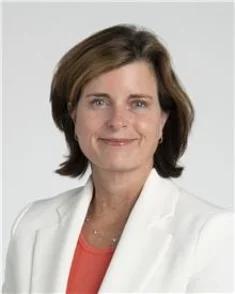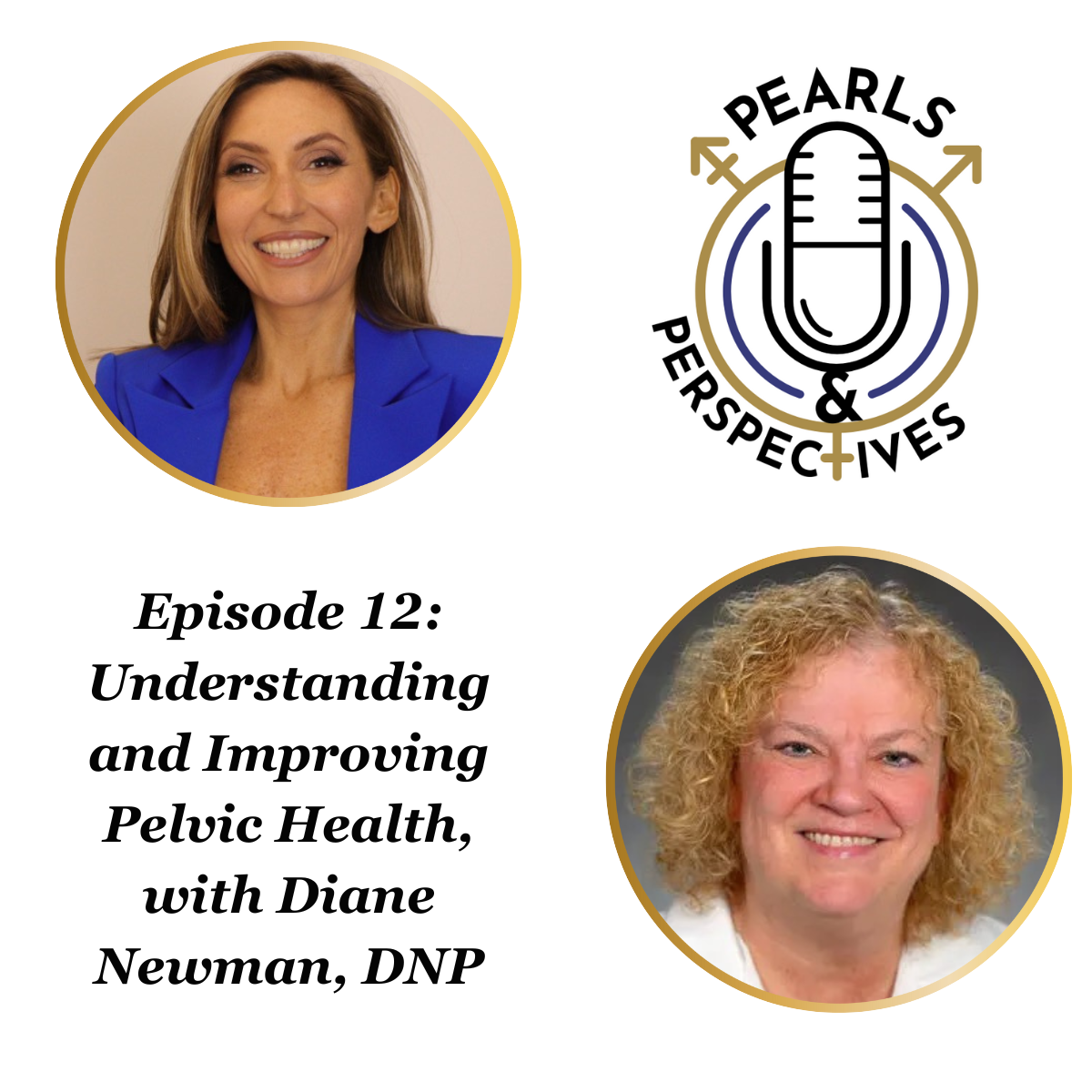News
Article
Cleveland Clinic urologist to lead esteemed medical journal
Author(s):
Hadley Wood, MD, shares her vision as the new editor-in-chief of Urology.
Hadley Wood, MD, staff in Cleveland Clinic’s Center for Genitourinary Reconstruction and Vice Chair of Clinician Development in the Glickman Urological Institute, was named editor-in-chief of the peer-reviewed journal Urology. She will assume the role Jan. 1, 2024, following in the footsteps of Eric Klein, MD, Chair Emeritus of the Glickman Urological and Kidney Institute, who served as editor-in-chief of the renowned journal for 15 years.
Hadley Wood, MD

The aim of Urology – also known as the “Gold Journal” in the field – is to provide practical, timely and relevant clinical and scientific information to physicians and researchers worldwide. Dr. Wood, who specializes in genitourinary reconstruction with a focus on adults with congenital conditions, has been section editor of the journal’s urological congenitalism section since 2014.
Cleveland Clinic’s specialty site, Consult QD, recently talked with Dr. Wood about her vision as Urology’s new editor-in-chief and the link between that role and her clinical practice and research.
What makes the journal Urology a leader in the field?
It’s one of the seminal journals in urology. Over Dr. Klein’s tenure as editor-in-chief and transitioning into mine, the journal has evolved to be the go-to place for voices and topics that have had limited publication options despite high-quality output. These topics include issues surrounding workforce, global care and emerging diagnostics among others. The Gold Journal is the official journal of the Society of Women in Urology, and we had two special publications last year: one focusing on diversity and the other on female urology
The journal also has a relationship with the Society of Genitourinary Reconstructive Society, of which I am a member and have been on the board. So, articles on reconstructive urology and its subspecialities, including congenitalism, transgender care and cancer survivorship, find a home in the journal.
Do you have any plans for the publication that you can share?
Going into the next iteration, our hope is to develop content that is relevant not just to urologists, but to all people who are practicing urology, including advanced practice providers. We’d also like to move a lot of our content into digital spaces so it’s easily accessible and in real time.
As part of publisher Elsevier’s goal to achieve net zero emissions by 2040, we will decrease the actual printed content by almost half over the course of the next year or so. But we will be moving a lot of that content into digital platforms and using more modern techniques to allow people to access content that is on their phones, computers or laptops.
The big focus of 2024 will be streamlining the written content and making sure that our full offering includes opportunities for broader readership to understand and interpret the science we publish.
What are you most looking forward to in your role as editor-in-chief?
One of the things I’m looking forward to is working with editors of the other major journals to really think about how we can drive publishing to meet the needs of our current and future workforce. I think there’s an opportunity to collaborate in our shared mission to expand and improve our speciality.
I think there has been a lot of movement toward that, but we still have more work to do. A lot of urologists in private practice or large group practices who aren’t academicians don’t think to read the major journals because they aren’t getting content that is relevant to their everyday work. I hope to help bring that to them while maintaining excellent methodologic review so we can make sure the material isn’t just reaching them but has been vetted through a solid peer review process.
Let’s talk about your area of specialization – genitourinary reconstruction. What drew you to it, and how has it evolved?
When I began training, I discovered there are actually two reconstructive urology subspecialties – female pelvic medicine and reconstructive surgery and genitourinary reconstructive surgery (GURS), focused primarily on males and consisting of a fairly narrow band of procedures, such as urethral reconstruction. And off to the side were things like bladder reconstruction, congenital anomalies and, a little later, transgender care.
At that time, GURS decided there was a real need to open the doors and have a bigger tent. I saw an opportunity to become a reconstructive urologist and focus my research and clinical practice on caring for patients born with complex congenital anomalies, such as bladder exstrophy and spina bifida. It’s one subspecialty in the GURS field, which has grown into four main areas: transgender care, congenital care, cancer survivorship and trauma.
How does your work as a urologist dovetail with your role as editor-in-chief of the Gold Journal?
I’ve been engaged for a long time in diversity and workforce issues, both of which relate to my goals as editor-in-chief. I was President of the Women’s Professional Staff Association at Cleveland Clinic and a founding surgeon of the Northeast Ohio Women in Surgery Program. I also served on the American Urology Association’s Taskforce on Diversity and Inclusion, and I am co-director of a program called PROSPECT that provides didactic teaching and mentored research opportunities for underrepresented minority medical students between their first and second year. That’s the kind of work I’ve done along the way, and it’s a passion I hope to bring to the journal and our department and specialty.
I’ve also been very involved in education. I’ve been on the faculty of the Cleveland Clinic Lerner College of Medicine of Case Western Reserve University since 2011 and previously served as Medical Director of the Advanced Practice Provider (APP) Program. I developed an education curriculum that ultimately became the American Urology Association’s urology training program modules for APPs. All of that was based on my experience at Cleveland Clinic, where we were at the forefront integrating APPs into a very high-level urology care environment.
When most APPs finish their training, there’s really very little formal infrastructure to help them become practicing urologists. Now, we have many APPs functioning both as general urologists and within urological subspecialties and pairing them with urologists to ensure we maintain excellent care while at the same time ensuring access for our patients. Having said that, academic publishing hasn’t really moved the needle to ensure that the literature is both relevant and digestible for our ever-evolving workforce.
Newsletter
Stay current with the latest urology news and practice-changing insights — sign up now for the essential updates every urologist needs.

















